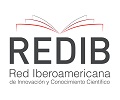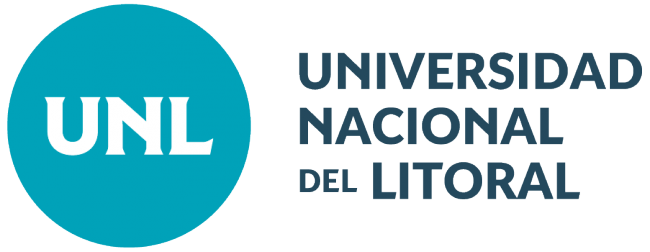Small strongyles in horses. Clinical efficacy and egg reappearance period after moxidectin and pyrantel treatment
DOI:
https://doi.org/10.14409/favecv.v16i2.6872Keywords:
small strongyles, horses, moxidectin, pyrantelAbstract
The control of the small strongyles (Ciathostoma group) in horses is based on the application of anthelmintics. In our country, the development of generalized resistance to benzimidazoles is limiting the chemical alternatives available to macrocyclic lactones (ivermectin and moxidectin) and to pyrantel, considered as long-acting and short-acting drugs respectively. Updated information on the activity of these drugs in the field, is critical for determining its efficacy and detecting the development of anthelmintic resistance. In these horse nematodes the period of egg reappearance (ERP) after treatment is considered as an early indicator of the presence of resistance. The present study evaluated the clinical efficacy and ERP after moxidectin and pirantel treatments in adult horses naturally parasitized by small strongyles from five farms from Santa Fe and Córdoba provinces. Clinical efficacy determined at day 14 or 15 post treatment using a test of reduction in the egg count ranged from 98.9 to 98.8% for the pirantel and 99.8 to 100% for moxidectin. The ERP was at least 100 days for moxidectin and 35 days for the pirantel. These results indicate that both drugs are active for the control of these nematodes and that the populations studied (some of them resistant to benzimidazoles) remain currently susceptible to moxidectin as well as to pyrantel. This last drug is of limited use in Argentina, but its inclusion in the control programs against the small strongyls could reduce the dependence and the selection pressure on the macrocyclic lactones and contribute to maintain the useful life of the same ones.
Downloads
Published
How to Cite
Issue
Section
License
FAVE Sección Ciencias Veterinarias ratifies the open access model, in which contents (in full) are available free to anyone in the internet. The costs of production and publication are not transfered to the authors. This policy intends to break social and economical barriers that generate inequities in the access to information, and for the publication of research results.
All articles can be accessed at http://bibliotecavirtual.unl.edu.ar/publicaciones/index.php/FAVEveterinaria/issue/current/, under license Creative CommonsAtribución-NoComercial-Compartir Igual 4.0 Internacional.










